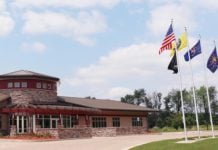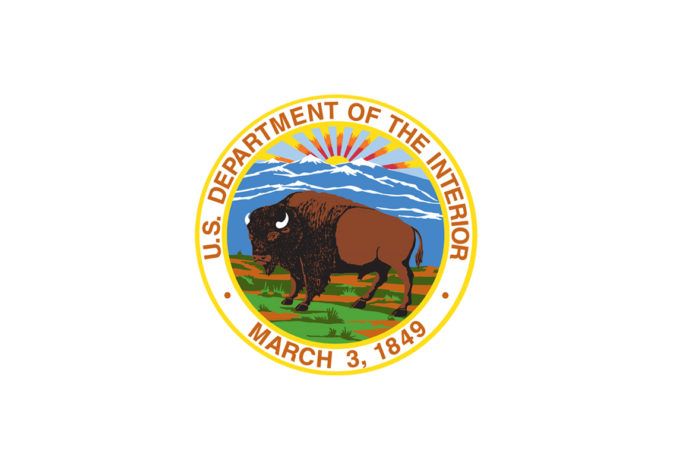WASHINGTON, D.C. – The Biden-Harris administration has released final guidance for eligible states and the Navajo Nation on how to apply for the first $725 million in funding available for reclaiming abandoned mine lands (AMLs). President Biden’s Bipartisan Infrastructure Law provides a total of $11.3 billion in AML grant funding over 15 years to eligible states and tribes to help communities eliminate dangerous environmental hazards and pollution caused by past coal mining while creating good-paying jobs and revitalizing coal communities.
The final guidance was informed by comments by states, labor and environmental groups, and others, and will provide state and tribal AML programs with overarching information concerning the interpretation, project eligibility, and priorities for use of Fiscal Year 2022 funds. The guidance also clarifies how this grant funding differs from traditional fee-based AML grant distributions authorized by the Surface Mining Control and Reclamation Act of 1977.
The guidance advances the Biden-Harris administration’s investments in coal, oil and gas, and power plant communities and workers, including through the Interagency Working Group on Coal and Power Plant Communities and Economic Revitalization, which has delivered more than $5 billion in federal funding to priority energy communities since last year. This effort also advances the President’s Justice40 Initiative, which commits to delivering 40 percent of the benefits of certain climate and clean energy investments to disadvantaged communities.
“President Biden’s Bipartisan Infrastructure Law delivers the largest investment in cleaning up abandoned mine lands in history,” said Secretary of the Interior Deb Haaland. “Through this program, we are investing in coal communities through job creation – including for current and former coal workers – and economic revitalization, all while addressing harmful environmental impacts from these legacy developments. The Biden-Harris administration is committed to addressing legacy pollution and helping working families in every way we can who face hazardous pollution, toxic water levels, and land subsidence both during mining and long after coal companies have moved on.”
AML reclamation projects support vitally needed jobs by investing in projects that close dangerous mine shafts, reclaim unstable slopes, prevent releases of harmful gases, including methane, improve water quality by treating acid mine drainage, and restore water supplies damaged by mining. AML reclamation projects also enable economic revitalization by rehabilitating hazardous land so that it can be used for recreational facilities or other economic redevelopment uses like advanced manufacturing and renewable energy deployment.
Key components of the final guidance include encouraging states and tribes to:
- Prioritize projects that invest in disadvantaged communities consistent with the President’s Justice40 Initiative
- Incorporate public review and comment into the selection of projects to be funded
- Design projects to maximize the amount of methane emissions that can be reduced
- Prioritize the employment of current and former coal industry workers, among other provisions
In addition to tackling health and safety hazards from legacy abandoned coal mine sites, AML funding from the Bipartisan Infrastructure Law can also be used to clean up rivers, streams and other waterways that are polluted by acid mine drainage.














































